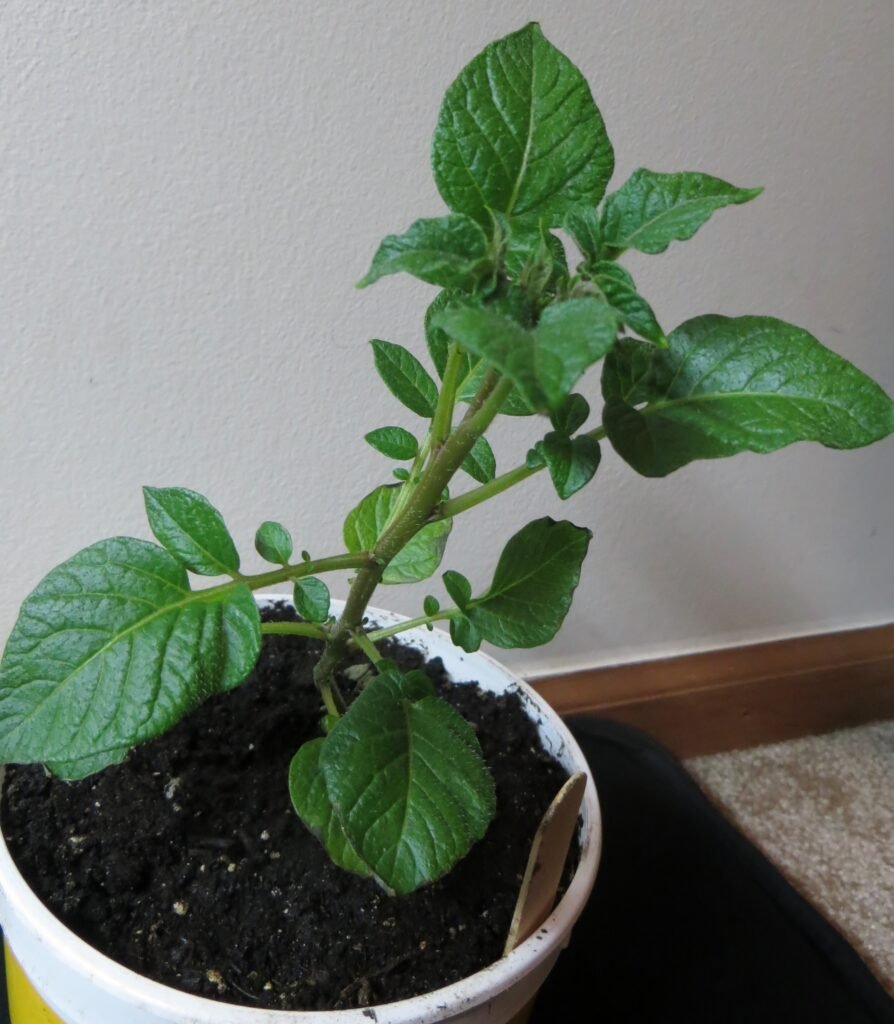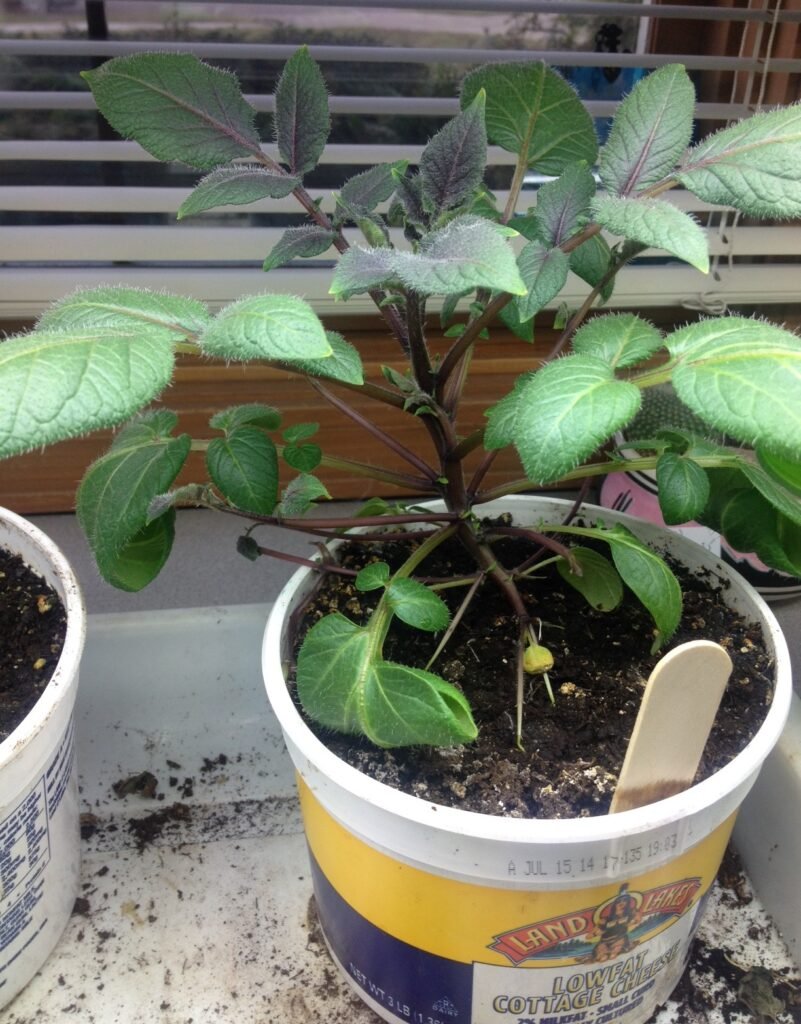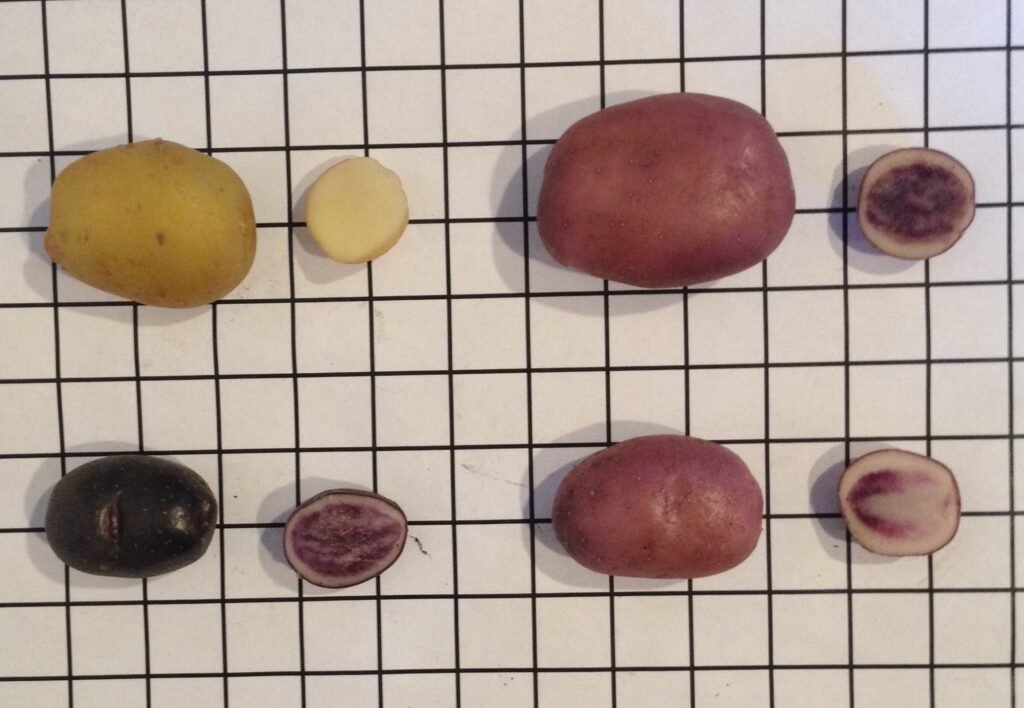
Attention to detail is a phrase that is tossed about quite frequently. In this case, it means noting and recording the differences of each TPS seedling that is grown out. Since there are variations between each plant, it is essential to record the important details of each one. If you do not know which potato seeds you are working with, it will be difficult to reproduce a successful result.

To begin with, I record all of the potato varieties that I grow in a single year. When saving TPS from these plants, I record the mother variety and any other varieties growing nearby. TPS seedlings are labeled with the mother variety while they are growing. All harvested TPS minitubers are given an abbreviated designation that includes the mother variety, ID number, location the TPS was grown and year when the TPS was harvested. Although this might sound like a lot of work, keeping detailed records is the best way for me to identify the potato varieties that grow best in my garden.
On October 5th 2014, I seeded 14 containers with TPS from 4 potato varieties: Yukon Gold, Carola, Adirondack Red and Adirondack Blue. On December 31st, I pulled up all of the plants and harvested minitubers. Looking back, I should have been more patient. Although one seedling started growing just a week sowing the TPS, most of them took much longer. Also, there are early, mid and late season potato varieties. Some potatoes just take longer to set tubers than others. Next year, I will wait until each seedling goes through senescence (starts to die) before harvesting minitubers.
I kept minitubers from just 6 plants since the others produced tubers that were extremely small (less than 3 grams). I kept tubers from 1 Yukon Gold, 1 Adirondack Red, 2 Carola and 2 Adirondack Blue seedlings. These plants produced more than one tuber each. About 3 tubers from each plant looked large enough to save. The largest of all the minitubers weighed 14 grams or ~0.5 oz. There were 3-7 even smaller tubers on each root system that I did not save. Currently, the minitubers are stored in the basement (~60°F) and do not show any sign of sprouting.
